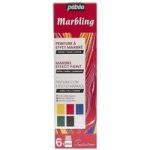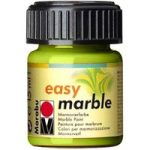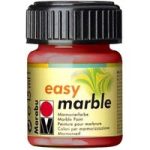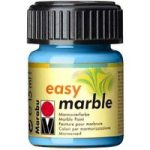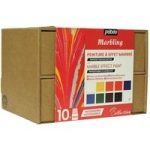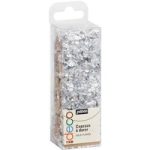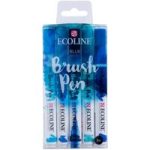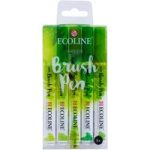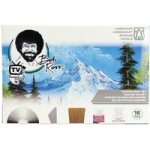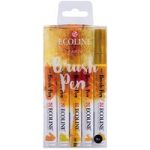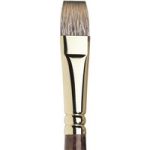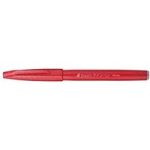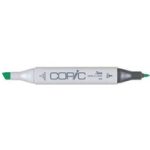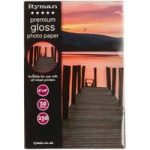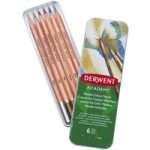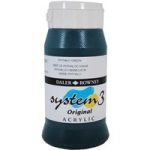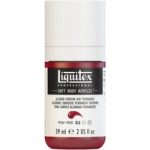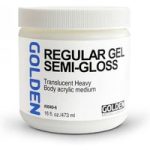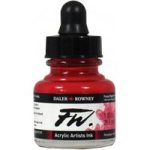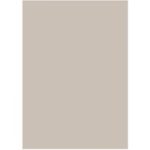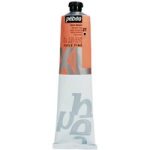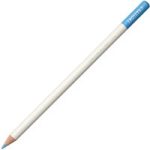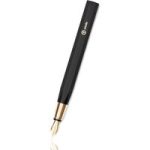Pebeo Marbling Bath 35g
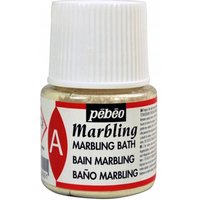
The thickening bath can be reused for multiple projects. However, it is advisable to use a tiny amount of thickening bath and change it frequently. Instructions It can be used in projects on any light surface, including cloth, paper, card, recycled paper, wood, and plaster. After drying, iron the colours on the fabric. The thickening bath can be reused for multiple projects. However, it is advisable to use a tiny amount of thickening bath and change it frequently. Preparation of the bath The thickening bath must be made ahead of time. 2 teaspoons (7 g) Marbling thickener in 1 litre of cold water, whisking vigorously with a whisk, and set aside for 2 hours. Then, pour a layer of gel 1 to 2 cm thick into a plastic tray or dish that is larger than the objects to be decorated. Marbling process Place the chosen marbling hues on the surface of the bath using the dropper. Alternate light and dark colours so that they superimpose but never combine. Allow the drops to spread for a few seconds before working with a stick. You can generate a variety of patterns and marbled effects by guiding the colours in different directions: stippled, combed effects, and so on. Simply deposit the colour droplets into each other to create concentric effects. Once the marbling is finished, carefully arrange the cut-to-size decoration cloth or paper on the surface of the coloured bath. Allow 10 to 15 seconds before removing. To remove the surplus gel and colour mixture, quickly rinse under running water. Allow the decorated object to dry on a flat surface. Recommendations It is always advisable to do preliminary tests on the chosen object before beginning work. Marbling colours can brighten to varying degrees on some media when dried. For textiles, satin lining is preferable since its glossy texture will bring back the marbling colours. It is also possible to decorate objects using Pébéo Marbling hues. If the object is horizontal, Proceed as you would with fabric or paper. If it's large enough, use simple forms so that all of the object's faces are in contact with the coloured bath. Rotate the thing on the bath's surface without soaking it so that the colour is deposited on it. Designed in France and Made in Tunisia by Pébéo








